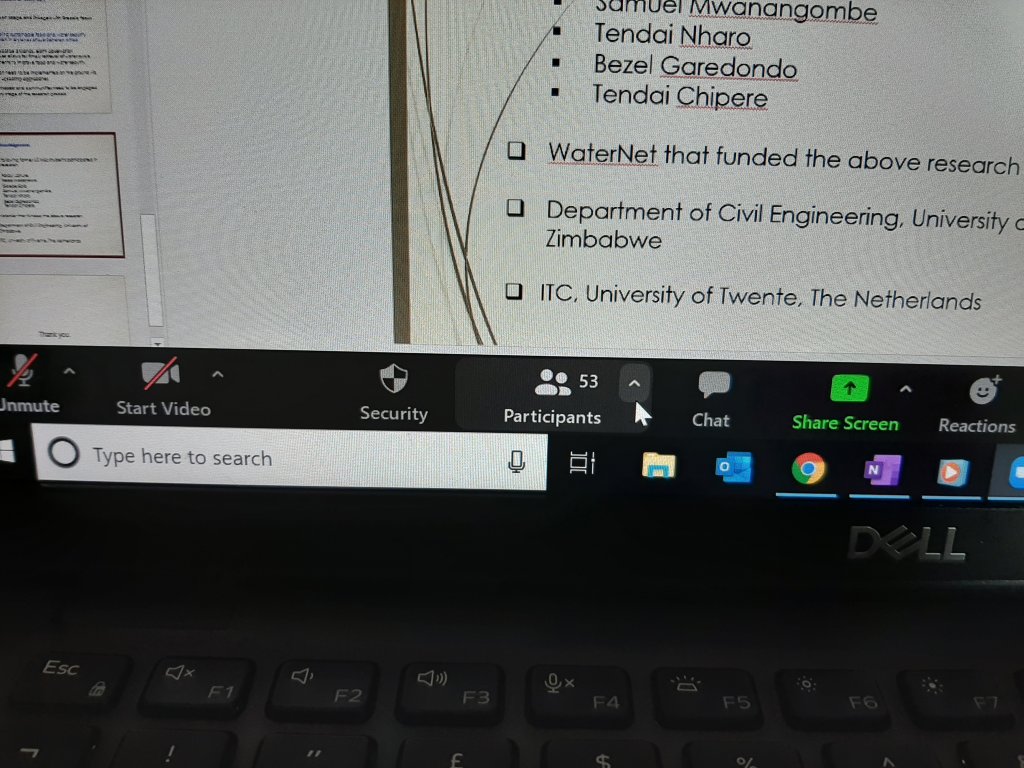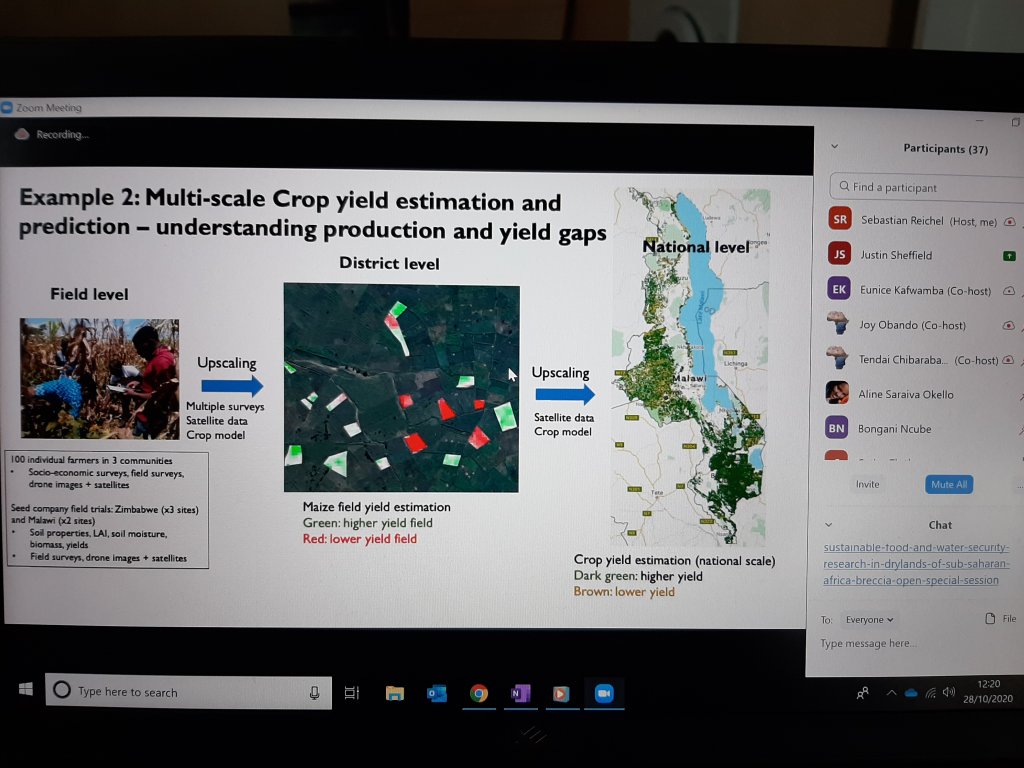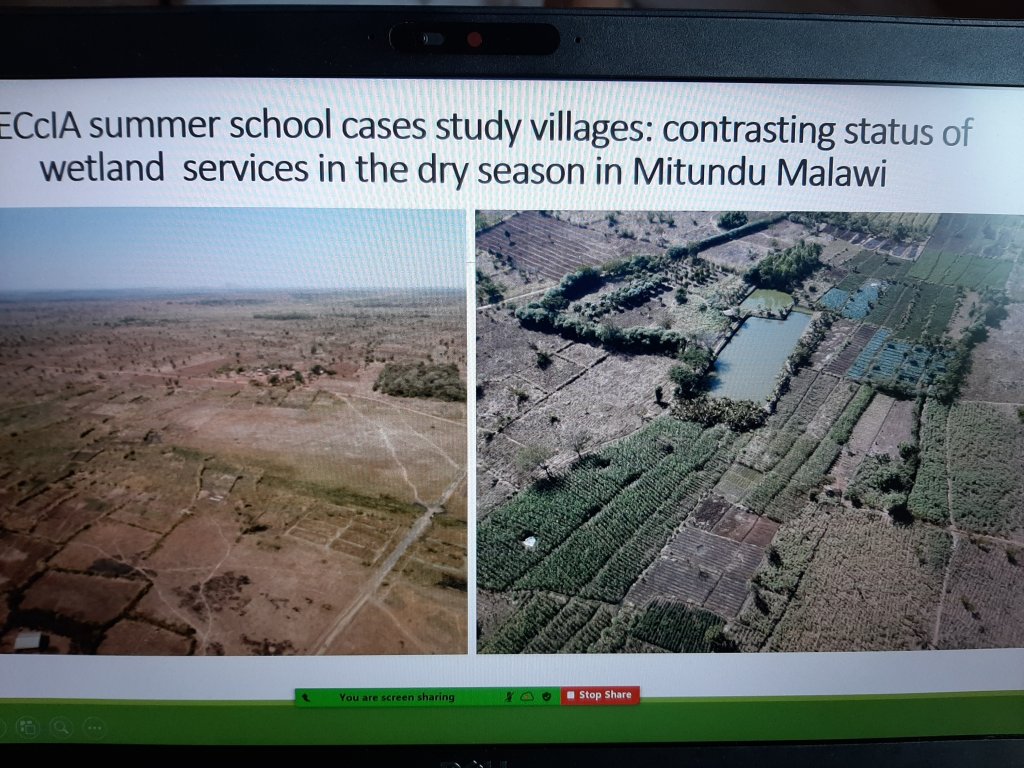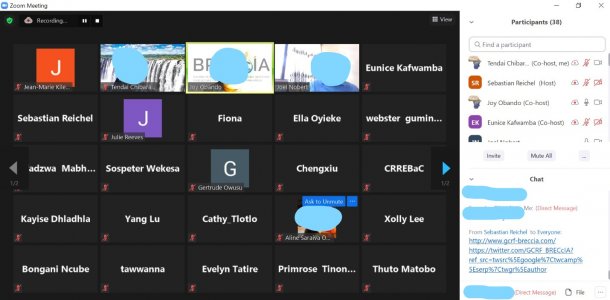By Catherine Kerapetse

The impacts of the Covid_19 pandemic has without reasonable doubt affected the long-standing traditional ways of human interactions – who could have ever thought! Physical interactions were no longer permitted, forcing work to move to electronic and digital platforms, thus deeming remote working the new norm. Although it is important to adhere to strict covid-19 regulations as per the WHO, social and physical distancing does not mean work has to come to a complete stop! Professionals all over the world have now moved to hosting workshops online. For humanity to continue its existence, work must continue, impactful research must be shared, communicating ideas must continue.

The trick however lies with selecting appropriate tools that will deliver the aspirations of the organisations and meet the traditional expectations normally enjoyed via face to face interactions. It is important for organisations even through new tools, to maintain if not to improve its reputation in the professional community it serves. To this regard, the SADC WaterNet Secretariat hosted its first ever virtual symposium – the 21st WATERNET/WARFSA/GWPSA symposium on 28-30 October 2020 from the central office in Harare, Zimbabwe! After several months of preparations, the DRYFTA tool was selected as the digital platform the online 3-day event. For the organising team, the goal was to deliver an impactful workshop to participants to the same standard as they would normally do through physical interaction. The workload for preparation did present its challenges, and it included the following intensive preparatory steps:
1. Selecting the appropriate tool
2. Learning and customizing the tool to cover all agenda items
3. Testing -running “dry-runs” several times prior to the event
4. Incorporating other tools to compensate for limitations
5. Sending reminders to participants

The symposium received 823 participants with 129 presenters of scientific papers. Special sessions were planned, which normally attract a lot of practitioners in the water profession. The GCRF BRECcIA project was among those that hosted a special session during this virtual event. The aim was to share some of the ongoing research within the project. Having gained some practical experience with virtual workshops, the session was prepared for with the creation of a project promotional video on BRECcIA research themes in addition to individual ‘Small research projects’ videos. The BRECcIA session focused on “Upscaling sustainable food and water security research in drylands of sub-Saharan Africa”. This received a great number of participants, and was the second session to be held during the symposium. The session drew new and familiar audience members to the project who are keen on the overall findings of this interdisciplinary research project. We are looking forward to the impact it will have in its target communities and beyond!

How effective was the online symposium?
1. Wider audience was reached.
2. Session recordings provide good documentation for later convenient use.
3. Delivery was more focused on key issues due to strict time restrictions.
4. Reduced carbon footprint on the environment due to reduced travelling.
5. Cost savings on logistics.
What can still be improved?
- The digital divide – connection problems from other presenters! (presentations were effective although not everyone provided them) In the future, presenters should prepare videos.
- All presenters should participate in a “dry-run” to learn and familiarize themselves with the platform, this saves time on the day and ensures effective delivery.
The first virtual symposium proved to have achieved positive results at the end. Although it was a learning process, the participants were impressed with the continuation of sharing scientific research despite the physical distances. All participants played a vital role – that is the success of virtual working!

